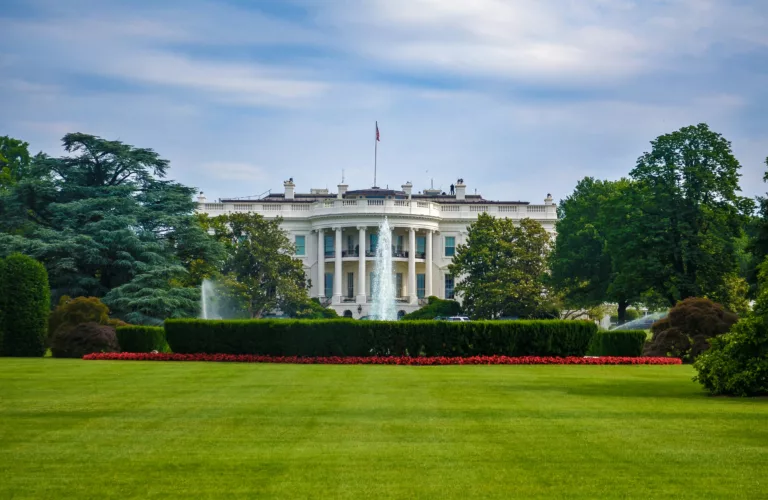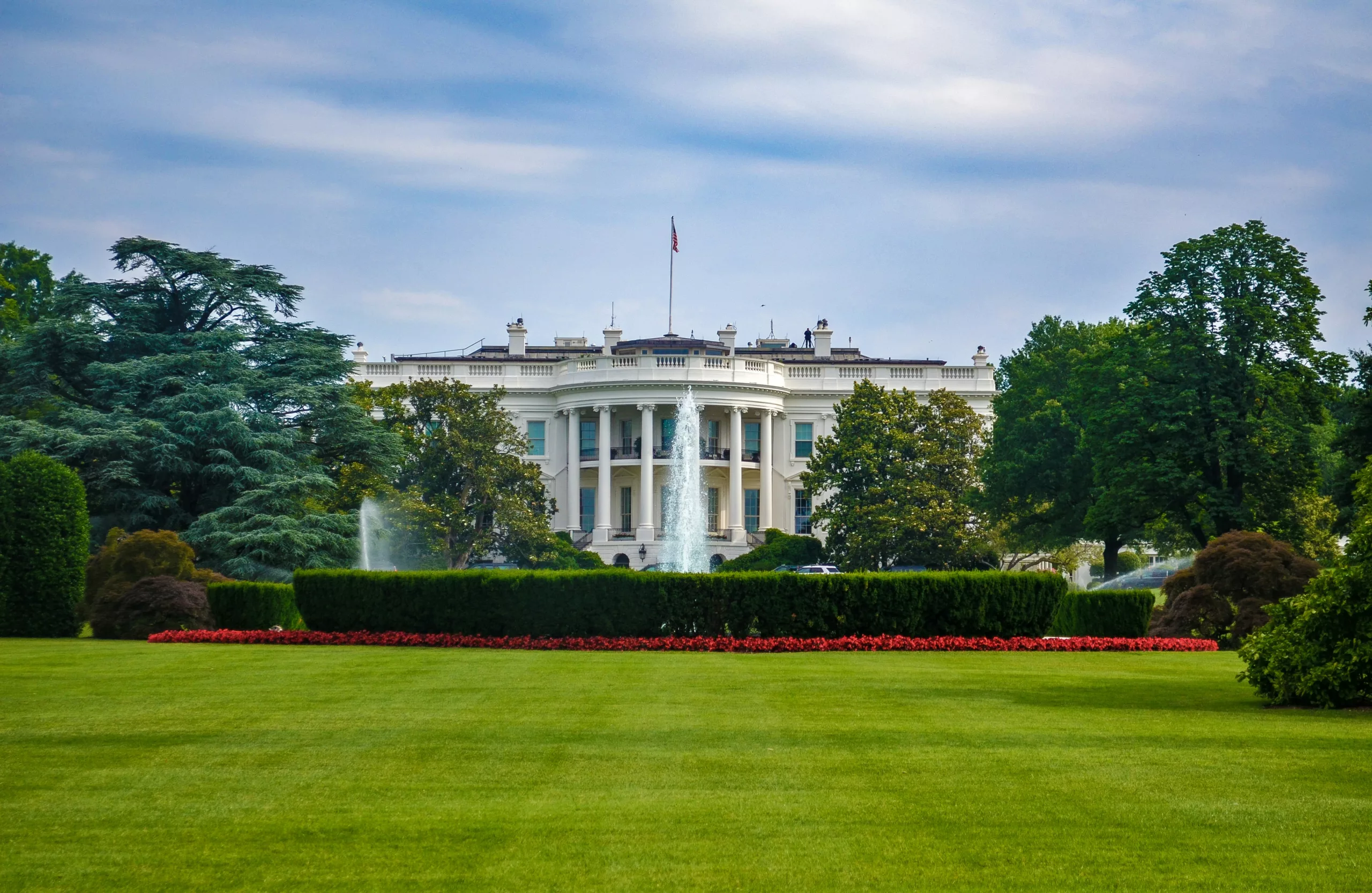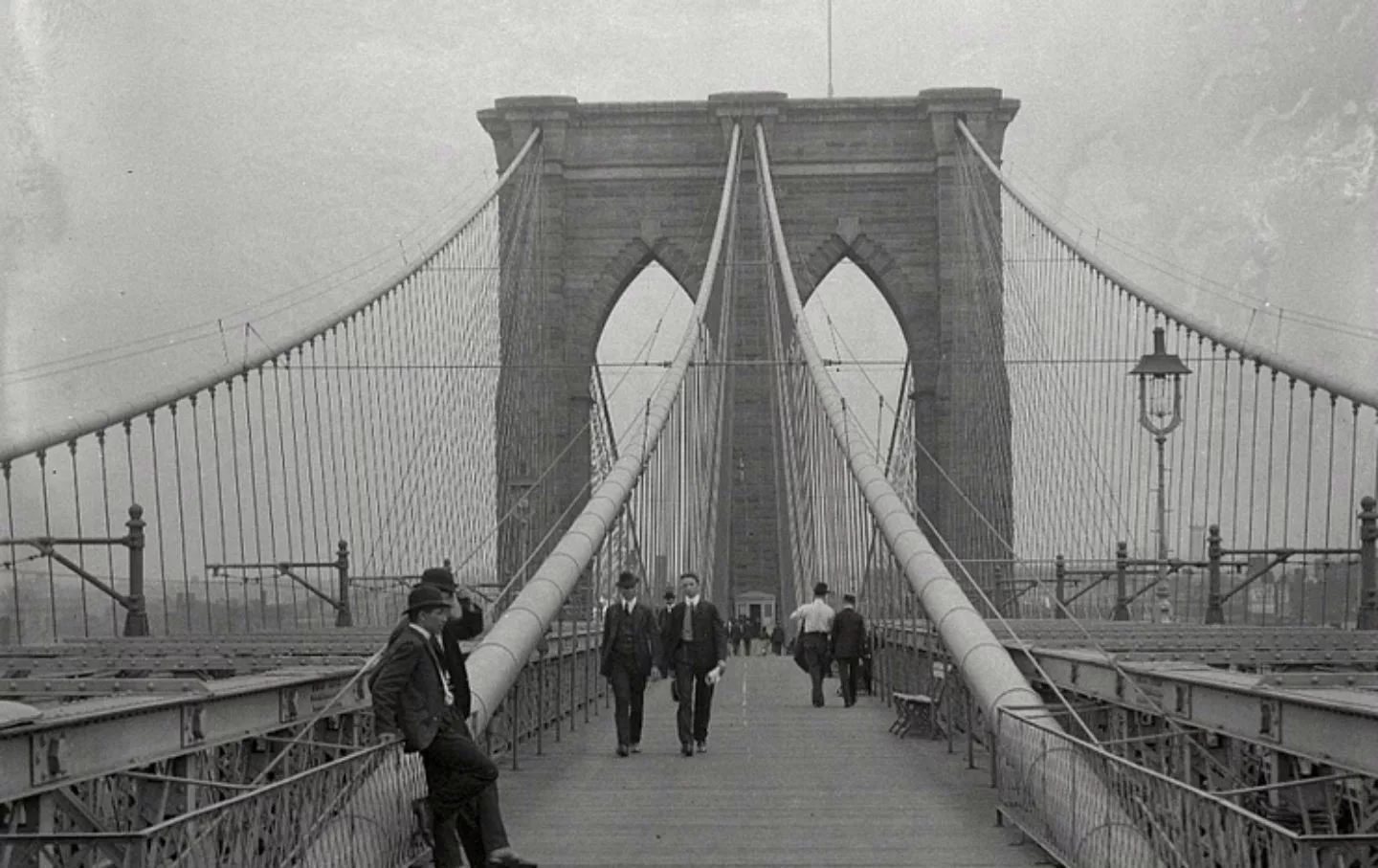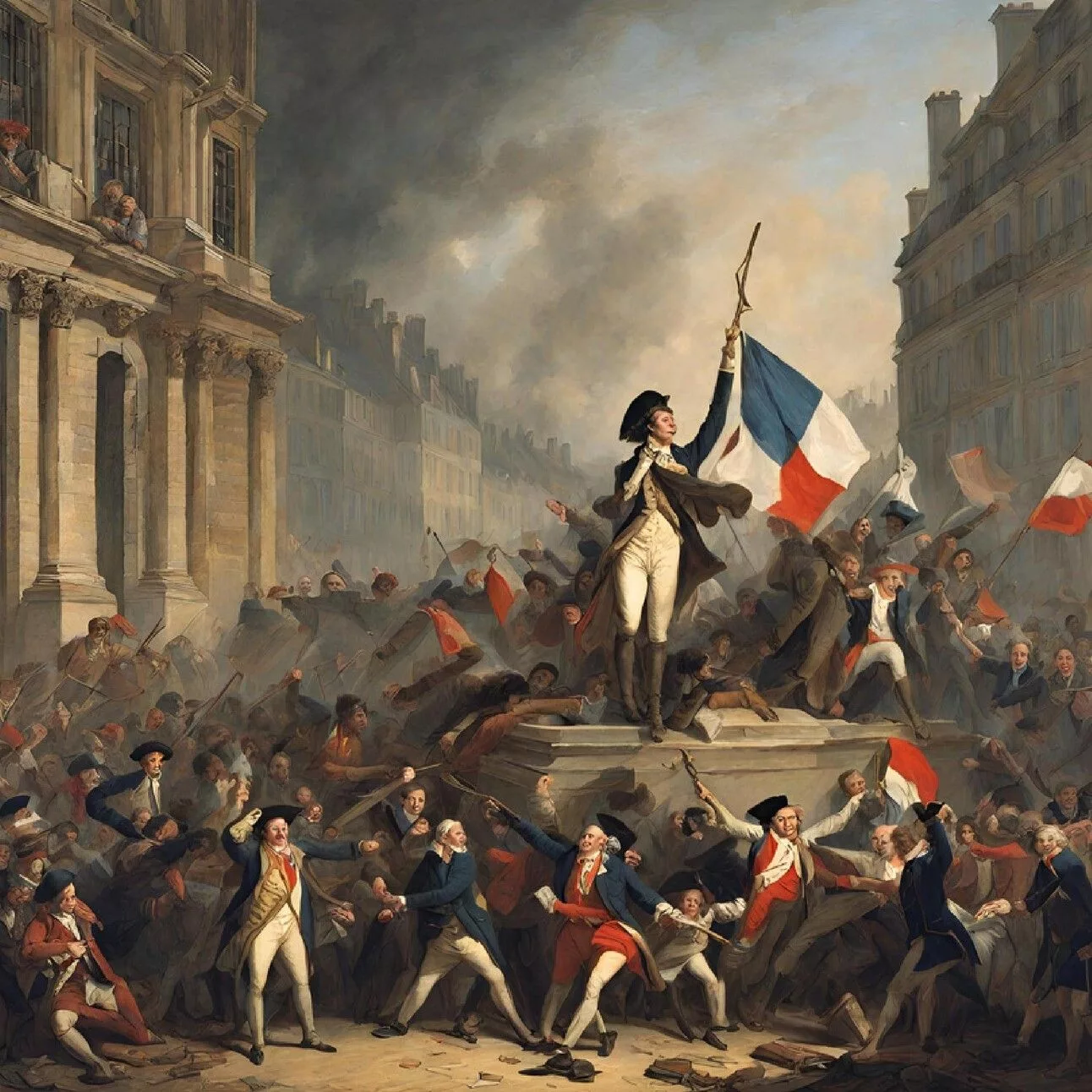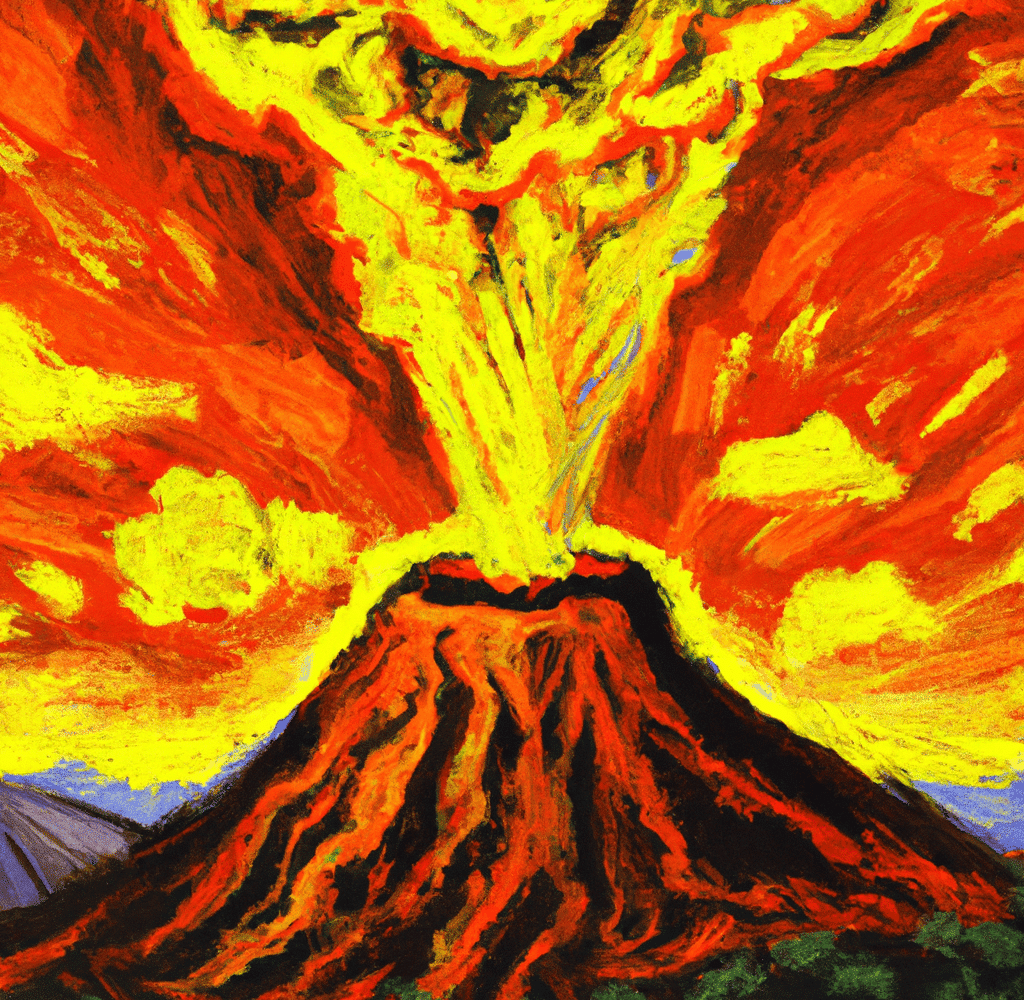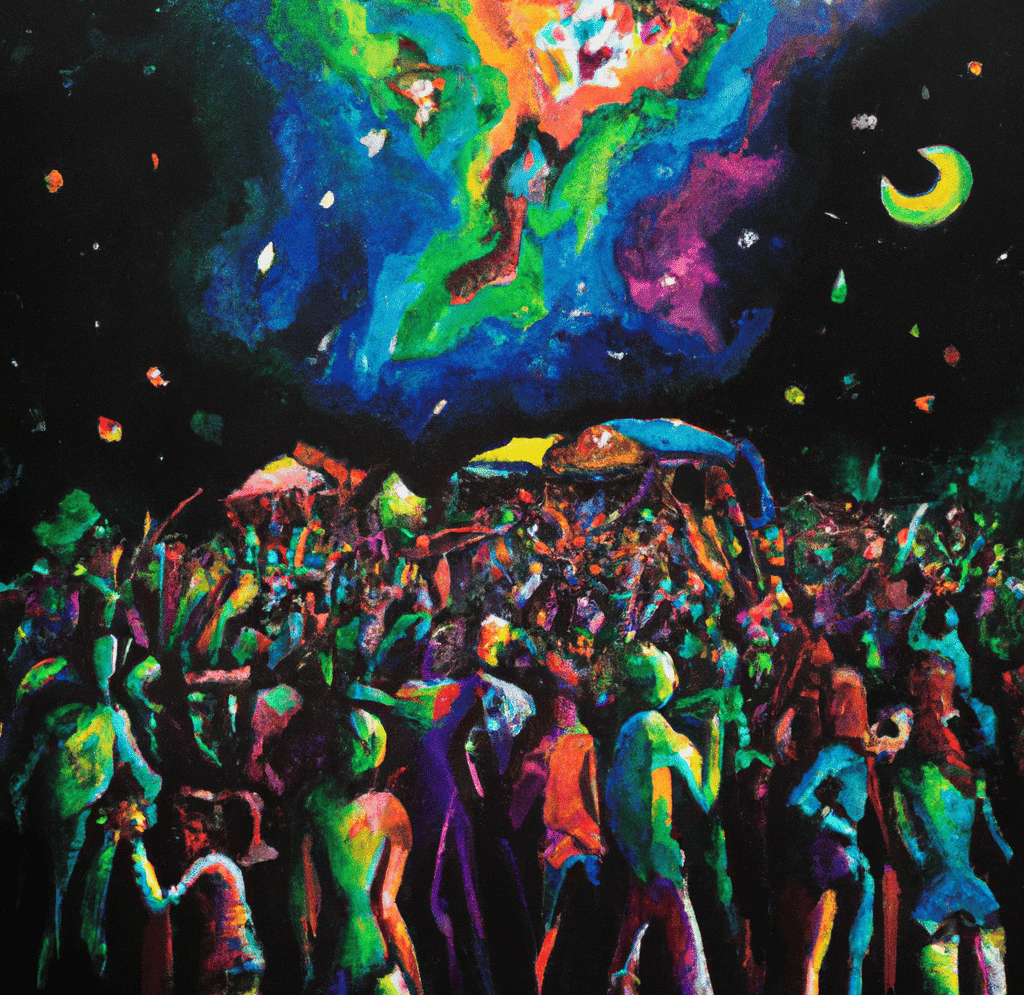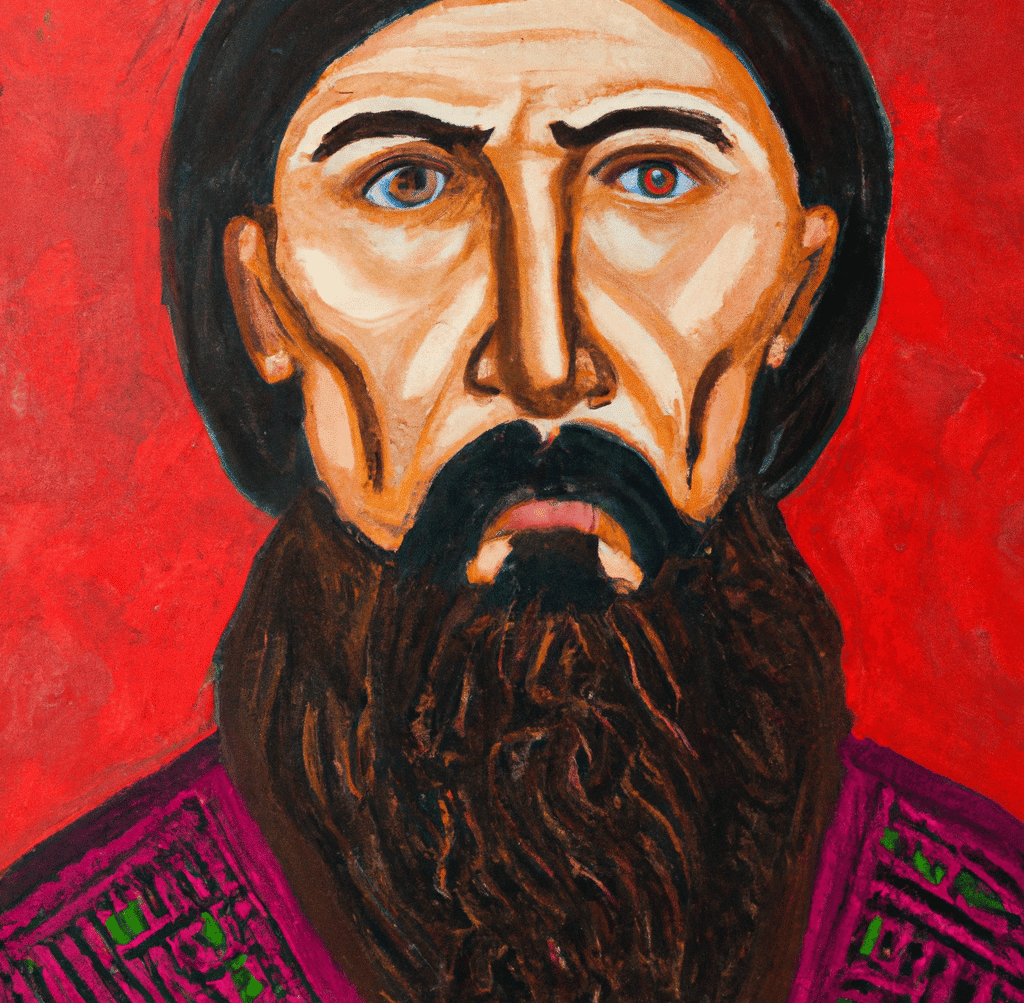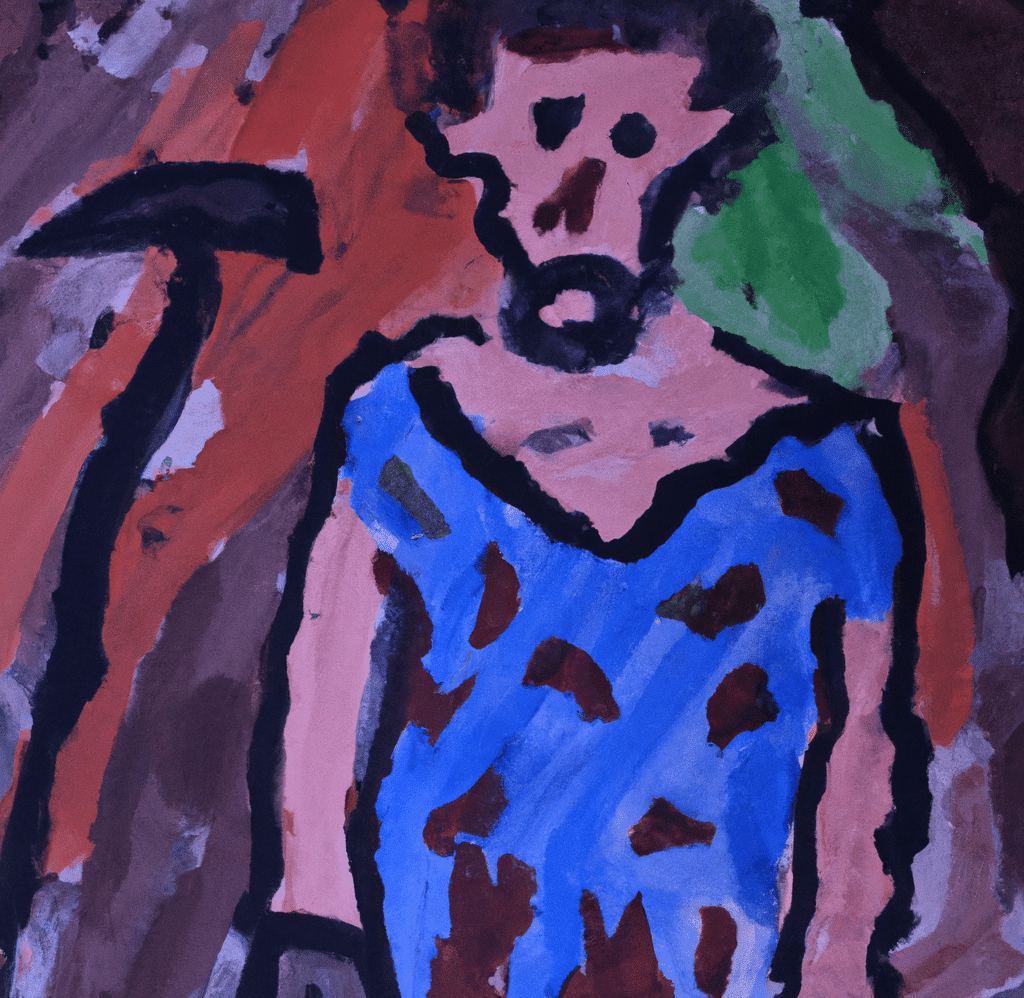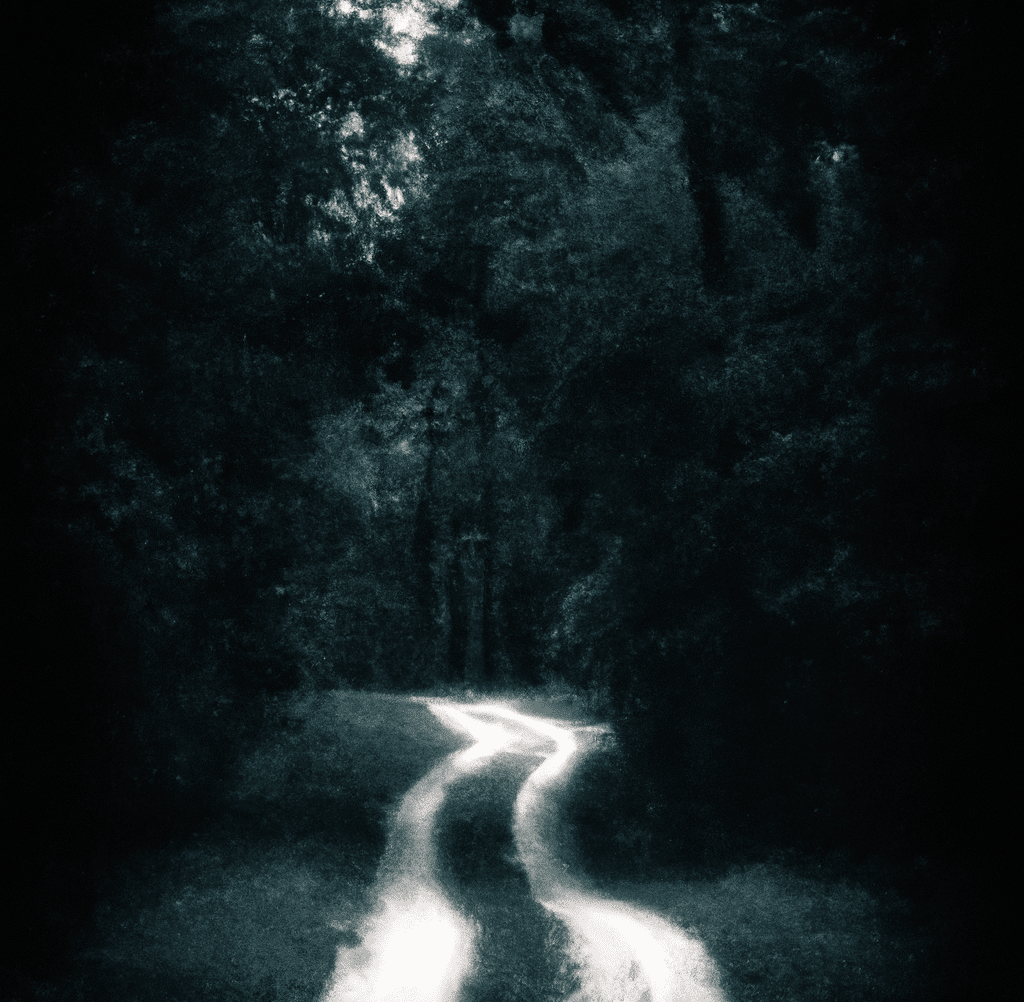Political assassinations are as old as politics themself. From ancient Rome to communist Russia, leaders have a history of meeting their demise at the hands of unexpected perpetrators. There have been a number of assassination attempts on American Presidents, however, only four have been successful. While all four of these murders were perpetrated by different assailants, there is one man connected to three of them.
Robert Lincoln Todd

The man at the center of this web of assassinations is Robert Todd Lincoln whose connections began at birth. As the eldest son of President Abraham Lincoln and his wife, Mary Todd, Robert was no stranger to tragedy. Robert’s younger brother, Edward, died tragically in 1850, barely a month before his fourth birthday.
Robert’s other brother, William, succumbed to a case of a typhoid-like disease which led to his death in 1862. His death was particularly traumatic to the entire Lincoln family but would be far from the final loss Robert would endure.
The Assassination of President Abraham Lincoln
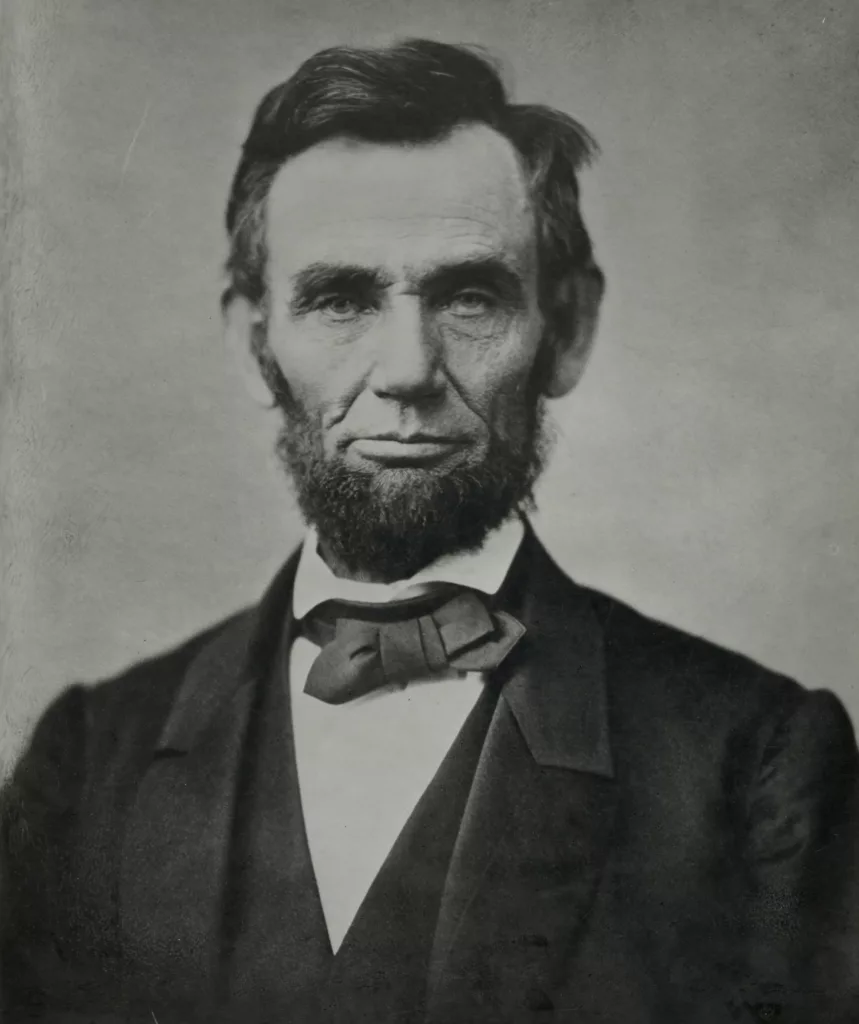
Robert’s connection to presidential assassinations begins with the most personal to him, his father, 16th President Abraham Lincoln. When John Wilks Booth crept into Ford’s Theater on the night of April 14th, 1865, his target, President Lincoln and his wife were enjoying the play, Our American Cousin. However, missing from the audience was Robert, who was invited to the play by his father but declined, claiming he planned to have an early night.
Robert was understandably shocked by the news of his father’s shooting. According to future Secretary of State John Hay’s account of the fateful night, Robert immediately rushed to the Peterson house where the President lay dying. Robert’s grief did not stop him from rising to his responsibility though. Hay claims that following the initial shock, Robert spent the rest of the night soothing his distraught mother.
The Assassination of President James Garfield
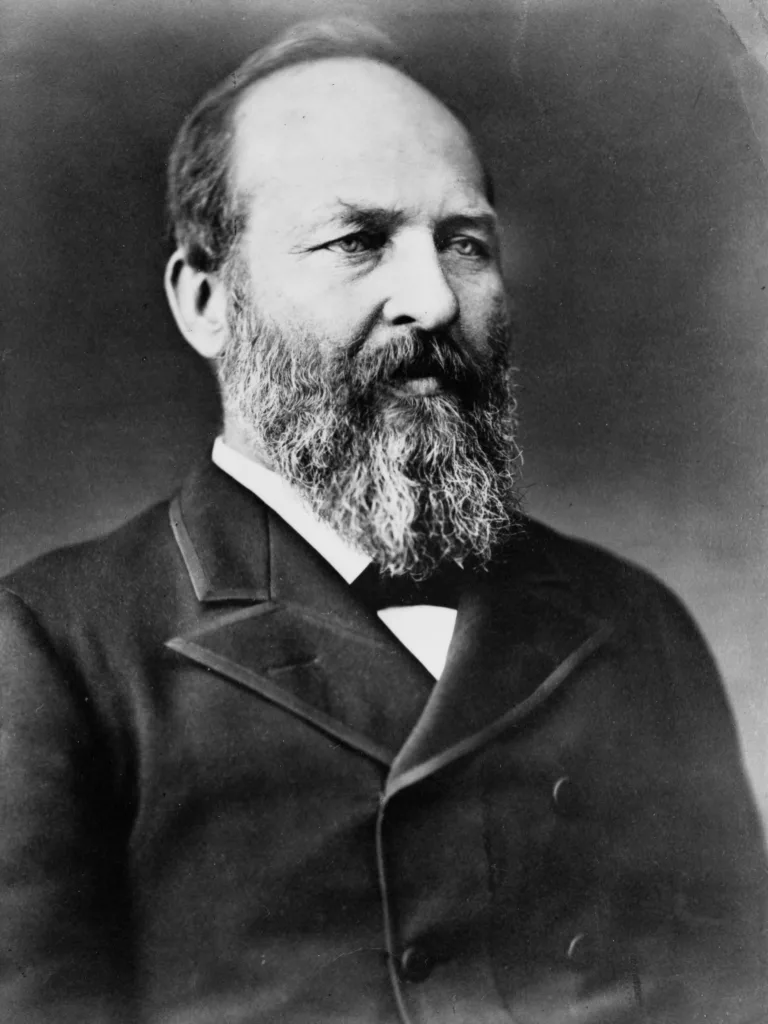
Following the assassination of his father, Robert was approached numerous times about seeking political office himself. He resisted the pleas of the Republican Party until early 1881 when he became the Secretary of War under 20th President James Garfield shortly after his election in 1880.
On July 2nd, 1881, President Garfield was scheduled to make a trip to New England alongside several of his cabinet members. Absent from the Presidential travel party would be Robert Lincoln, who was unable to make the trip until the following day. Lincoln planned to inform President Garfield of his travel plans himself, but never got the chance.
As Lincoln approached the President outside of Washington, D.C.’s Baltimore and Potomac train station, Secretary of State James G. Blaine walked up behind Garfield and shot him twice. Lincoln watched the murder from 40 feet away.
Garfield was moved back to the White House where Lincoln instructed all intruders to leave and directed a strong military guard throughout the premises. According to historian Jason Emerson, Lincoln’s actions that night echoed the decisions of his father’s Secretary of War on the night of his own death. Robert was haunted by his father’s murder that night, saying to the New York Times the next day “How many hours of sorrow I have passed in this town.”
The Assassination of President William McKinley
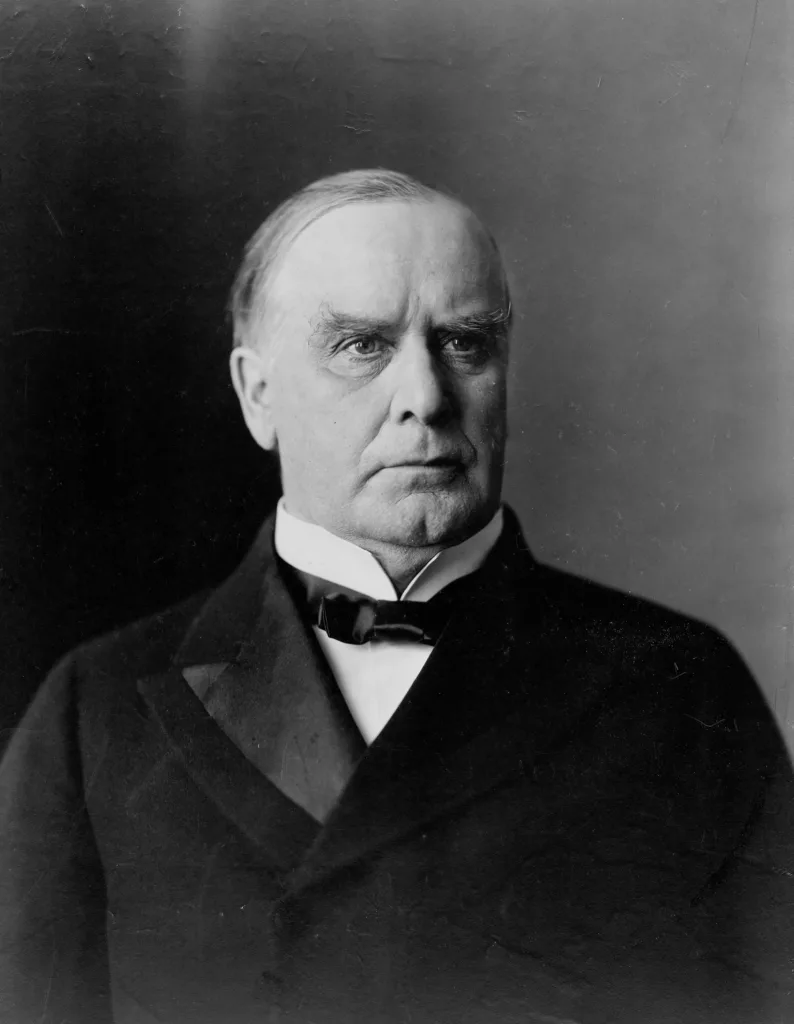
Following President Garfield’s assassination, Lincoln remained the Secretary of War for Garfield’s replacement, Chester Arthur. Following his years of service, Lincoln became general counsel of the Pullman Palace Car Company, and would eventually become the company’s president.
After a summer vacation in New Jersey in 1901, Lincoln and his family planned to return home to Chicago in early September. On their way, they decided to stop in Buffalo, New York and visit the Pan-American Expo, a massive world’s fair. They arrived on the evening of September 6th, however, they would barely make it off the train before more tragedy struck.
President William McKinley was already at the Pan-American Expo, spending two days visiting the world’s fair. McKinley’s two-day trip concluded with a meet-and-greet with his constituents at the Temple of Music, despite requests to cancel the event.
At around 4 pm, McKinley went to shake the hand of a man named Leon Czolgosz but was instead met with a pistol that Czolgosz used to fire two shots into the president from point-blank range.
Lincoln was handed a note informing him of the shooting immediately after he stepped off the train. He then headed straight to the home of the Pan-American Expo’s president where McKinely recovered from a seemingly successful surgery.
Lincoln and his family returned to Chicago believing that McKinley’s health was heading in the right direction. However, one week later, McKinley died from an infection.
Robert Lincoln’s Curse
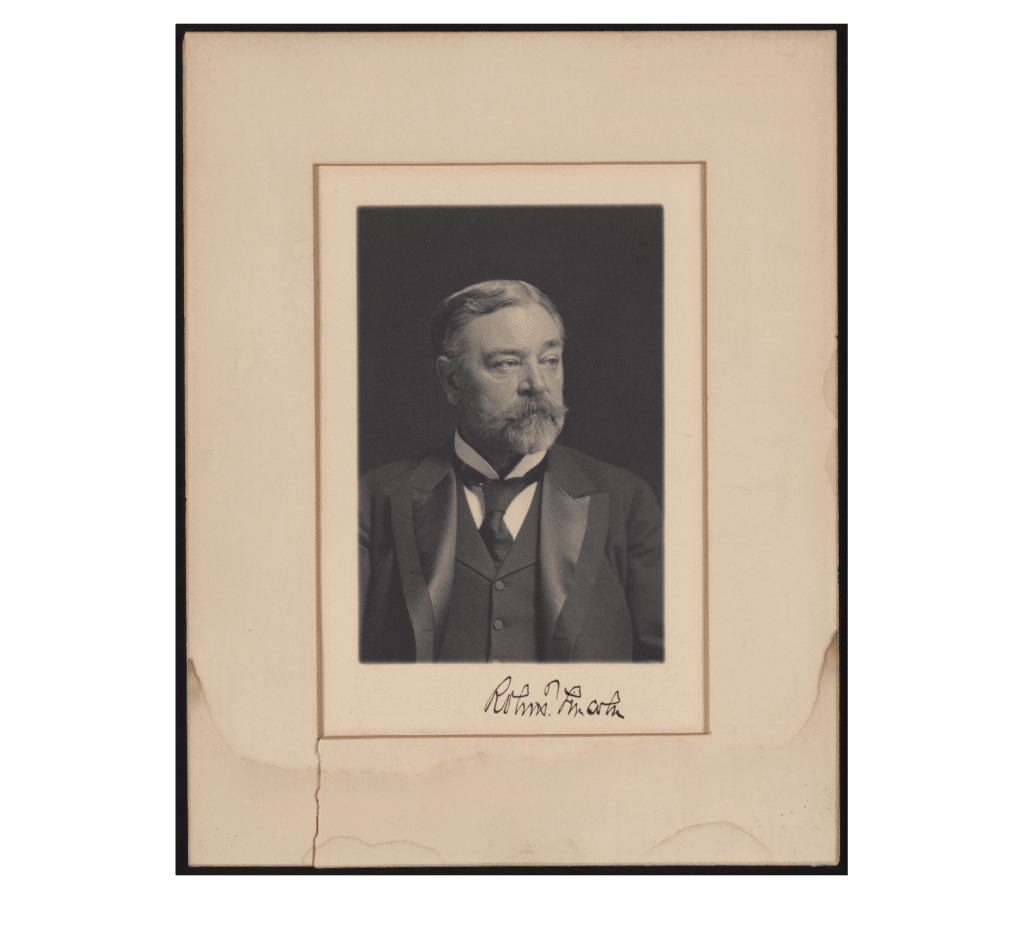
While Robert Lincoln was only physically present for the death of one of these three Presidents, his connection to all of them has been perceived by many as more than coincidental. Lincoln himself was reported to fear that he might be cursed.
Despite being the son of one of the nation’s most well-known figures, Robert Lincoln managed to create his own legacy. He was a passionate civil servant and accomplished businessman, however much of this is overshadowed by his close proximity to death. Despite all that he accomplished in his life, Robert Lincoln will always be known as the man connected to three presidential assassinations.

